10 Worst Store-Bought Bathroom Cleaners
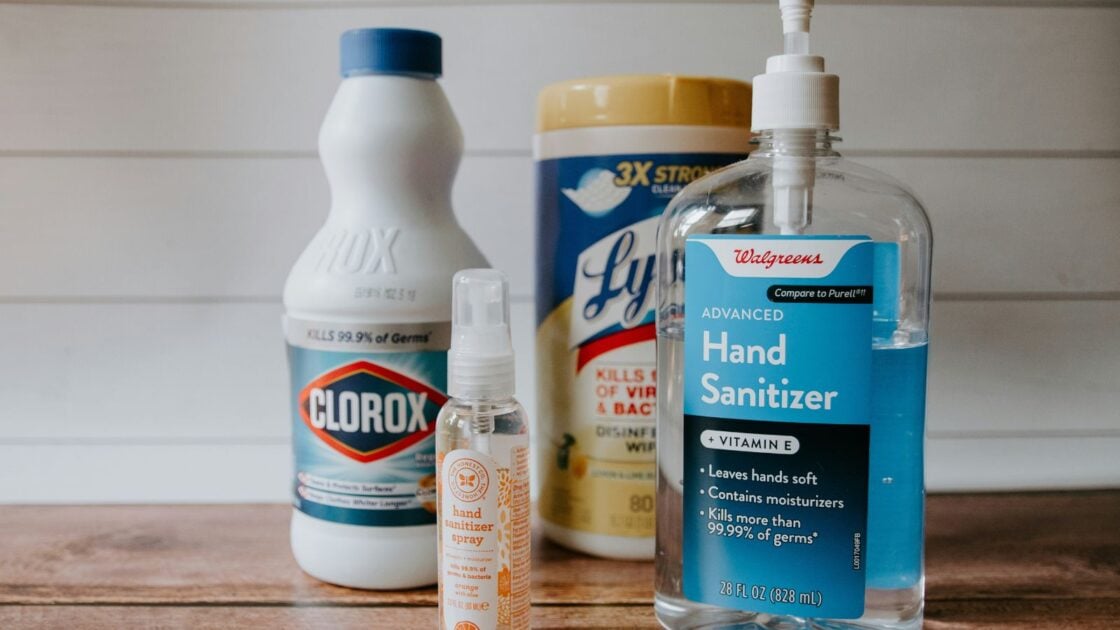
Many store-bought cleaning products out there are basically poison. They contain a slew of toxic chemicals that may quickly get rid of soap scum, grime, and toilet bowl rings in the bathroom but that also create serious health issues and negative environmental effects.
The Environmental Working Group (EWG) recently released 10 low-scoring bathroom cleaning products from its database of cleaners. But what makes them the worst store-bought bathroom cleaners? Find out more now.
Sign up for the newsletter for more tips and tricks for a healthier lifestyle.
1. LYSOL Action Gel Toilet Bowl Cleaner
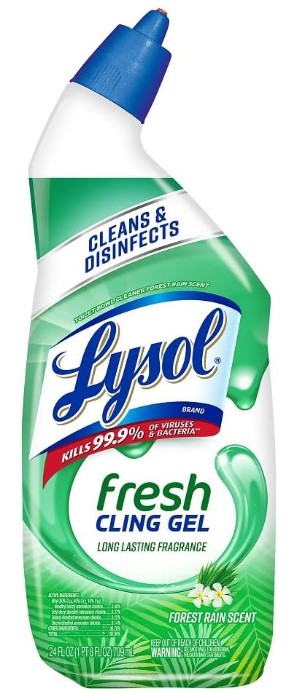
This cleaner may make your toilet shine, but you’re dumping a bunch of toxic chemicals down the toilet to do it. The label even calls the product a “health hazard” and suggests you wear protective eyewear when using it.
Lysol Action Gel Toilet Bowl Cleaner earned an F from the EWG, making it one of the worst store-bought bathroom cleaners. Its nastiest ingredients include didecyldimethylammonium chloride, a highly concerning ingredient for skin irritation and allergies1, glyoxal, an ingredient that can damage DNA, and alkyl dimethyl benzyl ammonium chlorides (C12-16), an asthmagen.
2. Clorox Automatic Toilet Bowl Cleaner with Bleach
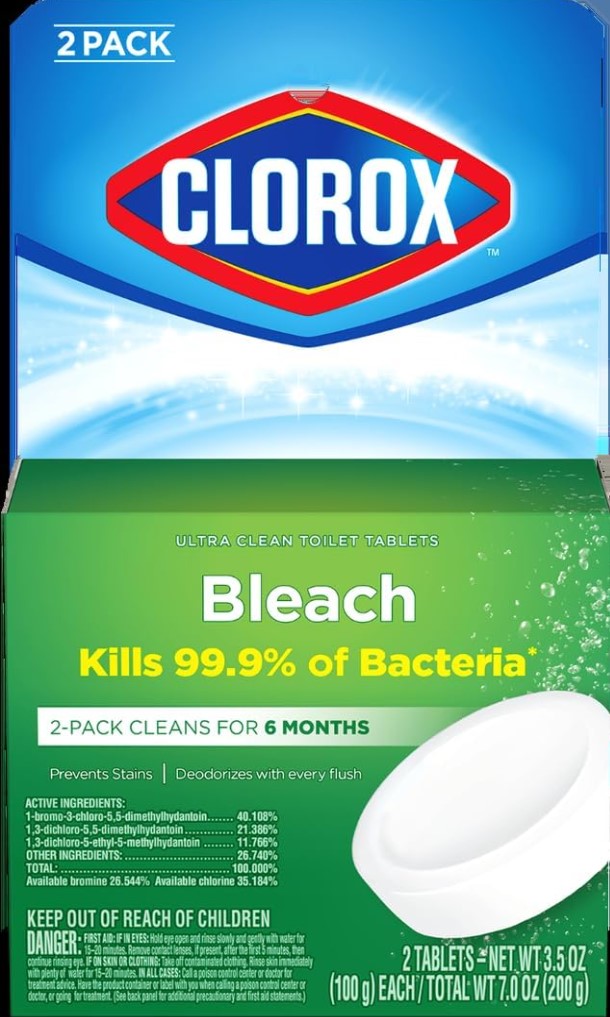
None of the individual ingredients in this toilet bowl cleaner earned above a C rating from the EWG. Overall, it scored an F. Its most suspect ingredients (all earning an F) include 1,3-dichloro-5-ethyl-5-methylhydantoin, proprietary ingredients, sodium hypochlorite, and boric acid. 1,3-dichloro-5-ethyl-5-methylhydantoin and sodium hypochlorite can both cause severe burns and eye damage.
They’re also highly toxic to aquatic life. Boric acid is a proven endocrine disruptor. And, these are just the worst ingredients in the mix.
3. Scrubbing Bubbles Mega Shower Foamer

This unhealthy product earned an F from the EWG. What’s wrong with it? Just about everything. It contains endocrine-disrupting ingredients that may cause cancer, damage to DNA, skin irritation, respiratory effects, digestive system effects, nervous system effects, and more.
This shower foamer also includes many non-specific ingredients. Vague terms, like pH-adjuster, cleaning agent, and propellant, make it difficult to determine what else may be in the product and earn a spot on the list of worst store-bought bathroom cleaners.
4. Tilex Soap Scum Remover

The EWG could only determine four ingredients in this product because of the company’s poor ingredient disclosure—all four earn a C or below individually.
Those four ingredients are cationic surfactants, butoxydiglycol, nonionic surfactants, and glycine,N,N’-1,2-ethanediylbis(N-(carboxymethyl)-tetrapotassium salt. All of the ingredients pose a slew of health risks and environmental concerns. Unsurprisingly, this product earned an F from the EWG.
5. Toilet Duck Automatic Toilet Bowl Cleaners
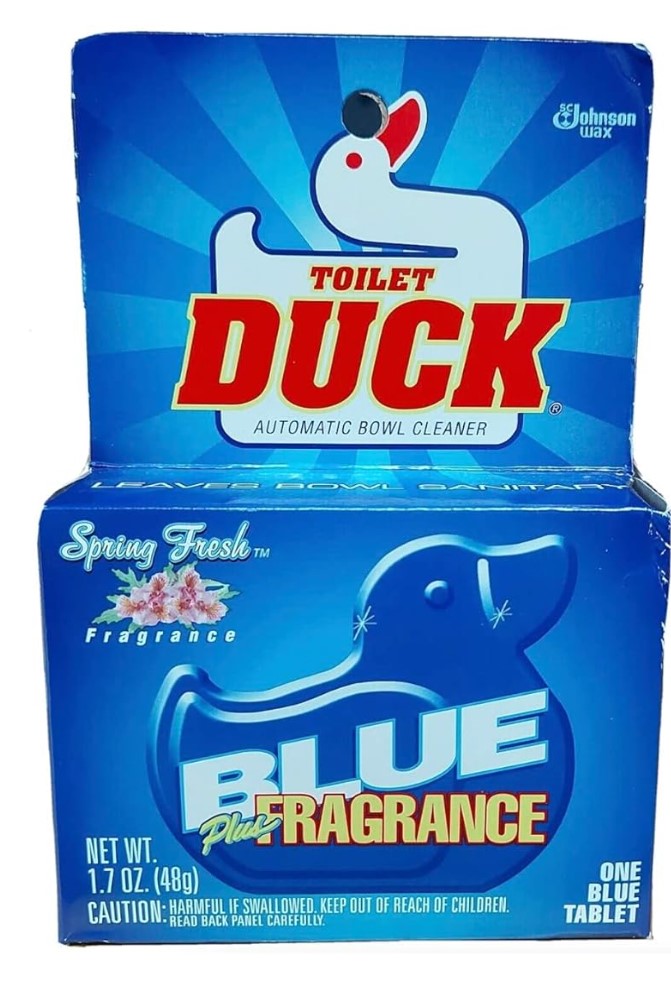
This toilet bowl cleaner creates that iconic blue color that many associate with a clean toilet. However, that blue color comes from FD&C Blue 1, a skin-irritating chemical that earns a C rating from the EWG.
And, it’s not the worst ingredient in the mix. This product also contains sodium borate, which poses high concern for developmental, endocrine, and reproductive effects2, as well as several other questionable ingredients. Overall, this product scored an F from the EWG, one of the worst store-bought bathroom cleaners.
6. LYSOL Aerosol Bathroom Cleaner
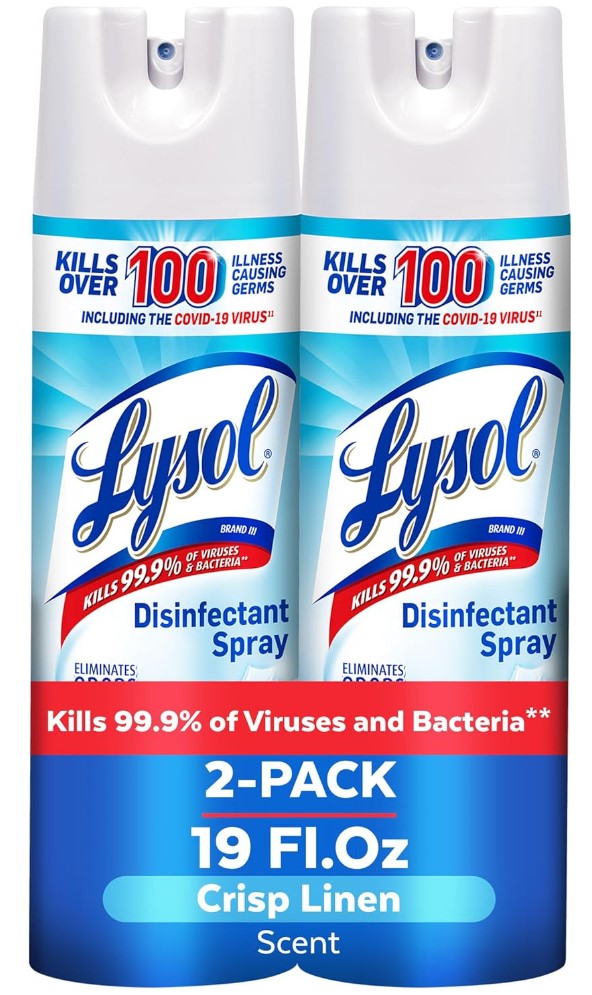
This well-known product in the world of bathroom cleaners earned an F from the EWG. Of the ingredients disclosed, eight are alone, which creates some concern for respiratory effects when using the product. That’s not great for a cleaner made to spray. The formula also includes ammonium hydroxide, which can cause damage to vision.
7. Clorox Bathroom Bleach Foamer
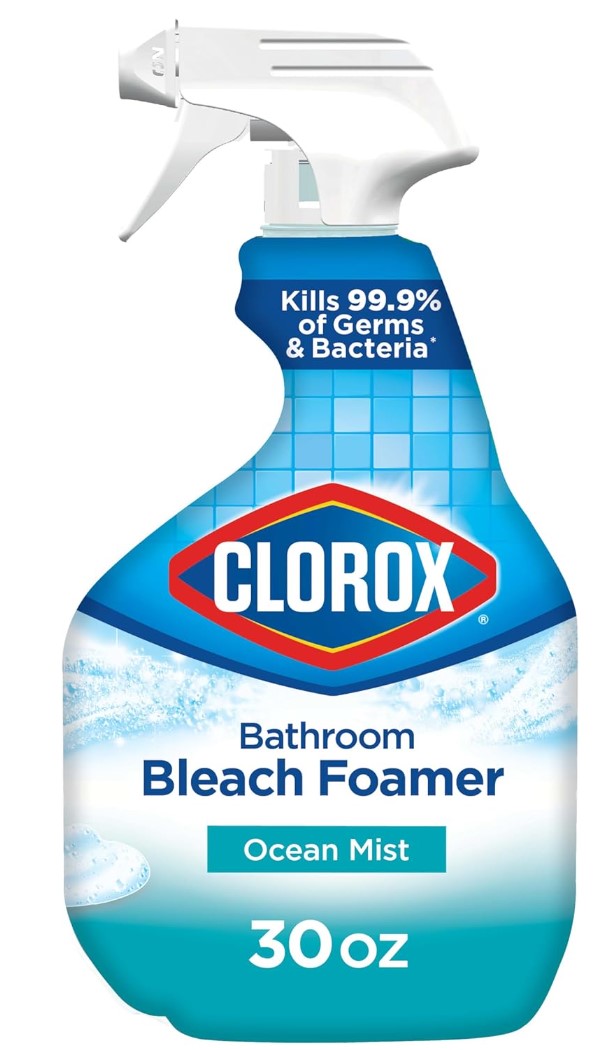
You can tell this product is unhealthy just from the name—bleach. Of the ingredients disclosed, the worst offenders include alkyl dimethyl benzyl, ammonium compounds, and benzalkonium chlorides, all of which are highly toxic to aquatic life and are concerning health-wise.
This product also includes that favorite vague term—fragrance—that can mean just about anything. Overall, Clorox Bleach Foamer earned an F from the EWG.
8. Drano Max Gel Clog Remover
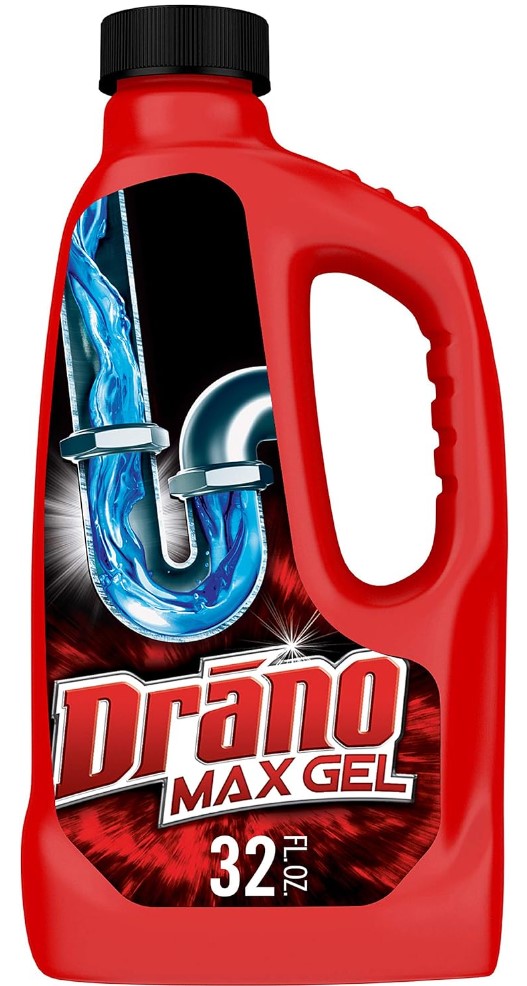
Many turn to this well-known clog remover to clear out stopped-up drains. The scariest part about this product besides its F rating from the EWG is that the company discloses almost no ingredients. Three of the seven ingredients listed for Drano in the EWG’s database are vague terms—cleaning agent, surfactant, and corrosion inhibitors. Another one? Water. That leaves just three known: sodium hypochlorite, sodium hydroxide, and sodium silicate.
Sodium hypochlorite and sodium hydroxide both have high concern for skin irritation and allergies, as well as moderate concern for other health issues. Sodium silicate earned a B rating individually.
9. Safeway Bright Green Liquid Drain Opener Professional Strength
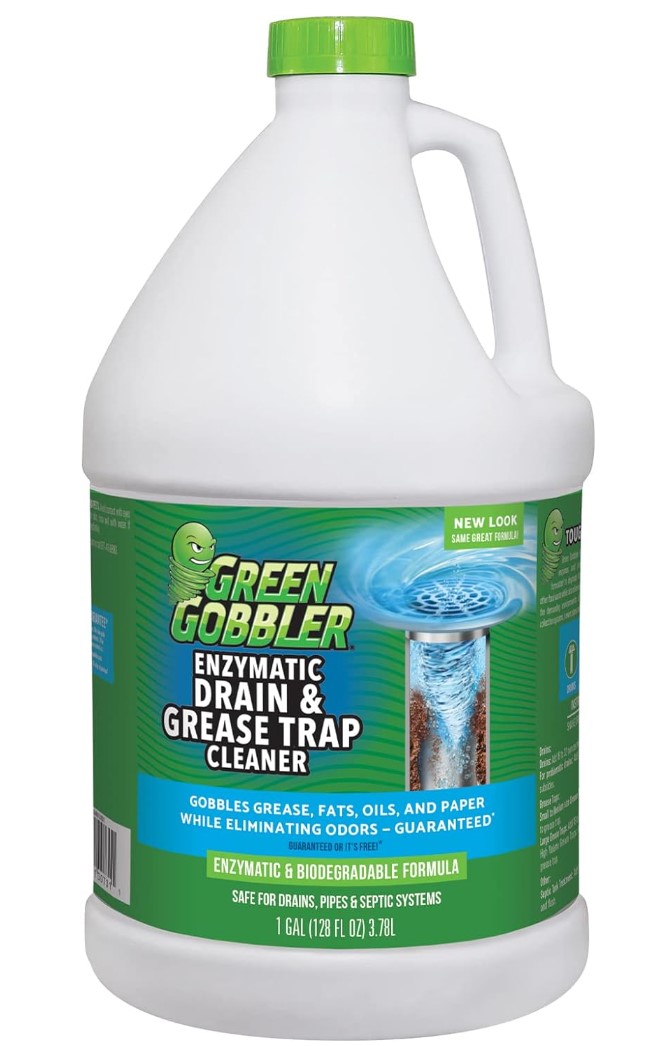
Like Drano, Safeway’s Bright Green Liquid Drain Opener Professional Strength is most concerning because we don’t really know what’s in it. The EWG database only lists four ingredients for the product: surfactants, sodium hypochlorite, sodium hydroxide, and sodium silicate. Overall, the product earned an F for poor ingredient disclosure.
10. Drano Liquid Clog Remover
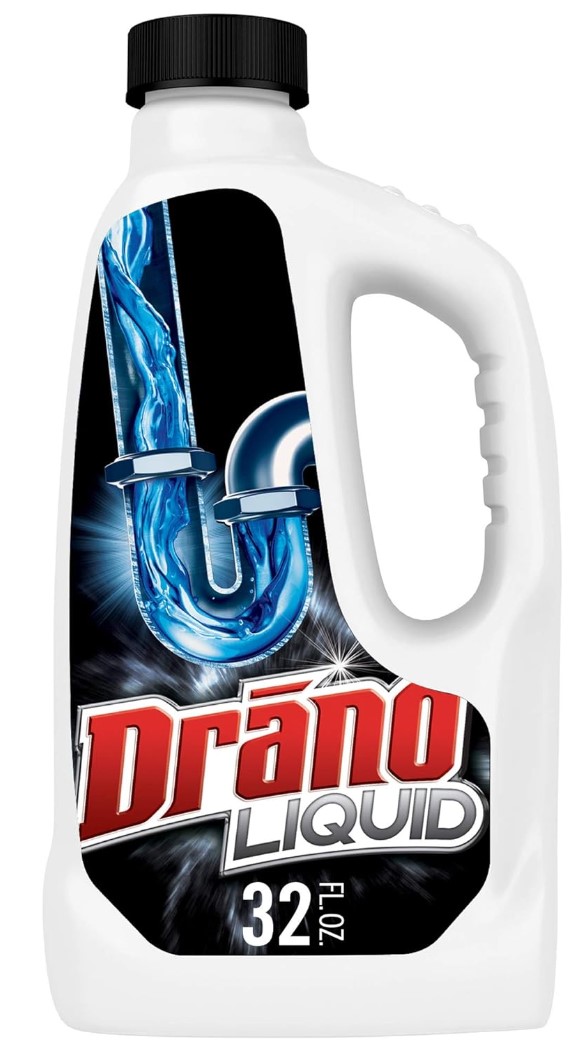
The original Drano contains even fewer ingredients listed in the EWG database than its gel version, which is one of the worst store-bought bathroom cleaners.
The EWG database lists only five ingredients for this product: surfactants, sodium hypochlorite, sodium hydroxide, sodium silicate, and water. Overall, this drain-clearing product earned an F from the EWG.
Read More on Organic Authority
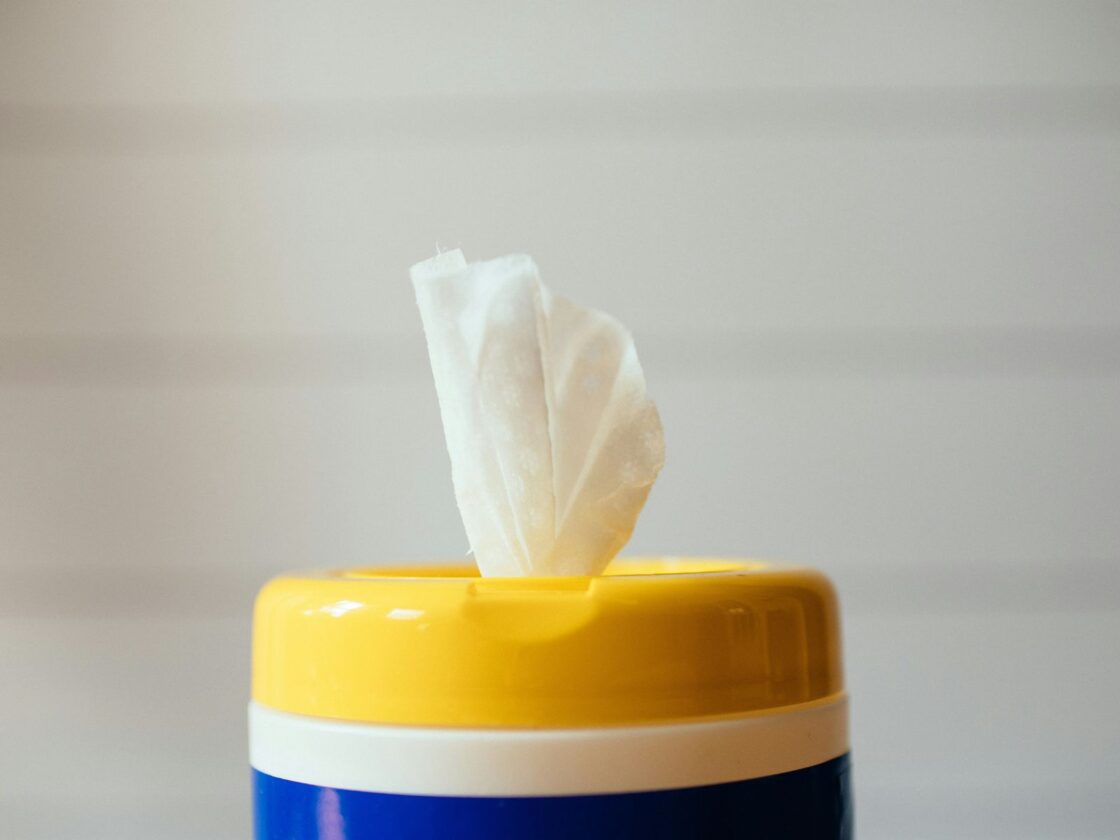
What is Melamine, Is it Safe for Your Kitchen? What You Should Know
7 Best Non-Toxic Candles That Smell Fantastic for 2024
The Best Clean Cookware Pieces for Conscientious Campers
Sources

